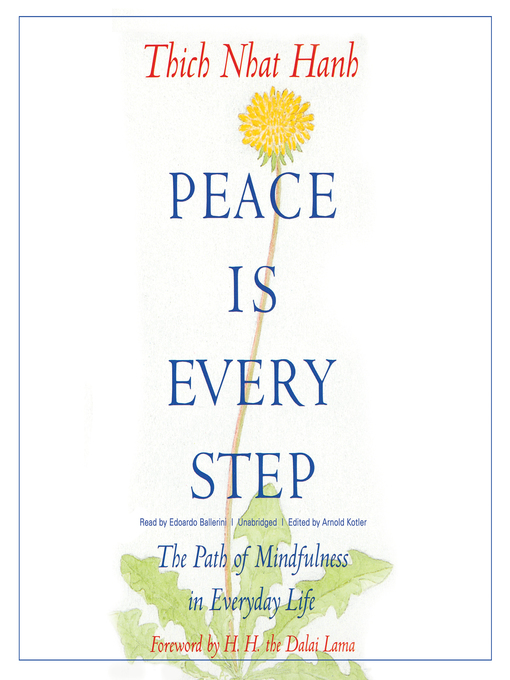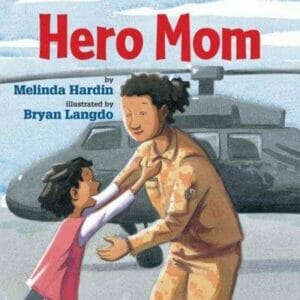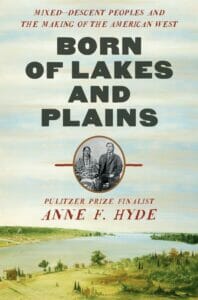Healthy and Happy in 2023
by Rhonna Hargett, Assistant Director

Even for those that don’t rally around a New Years resolution, the flipping of the calendar can be a good time to check in with how we’re doing and look for opportunities to make life a little better. Here are a few books that have inspired me to work towards a healthier and happier year in 2023.
Dan Buettner travelled around the world to the places where there is the highest percentage of people that live to be 100 and studied what they were doing that led to long-term health. His travels led to the book “The Blue Zones: Lessons for Living Longer from the People Who’ve Lived the Longest.” Buettner narrows down what he learned to nine lessons to achieve a long life. Some of the lessons are what one would expect, like diet and exercise, but he also emphasizes the importance of relationships and emotional well-being on our health. Instead of quick fixes, “The Blue Zones” offers ways to shift our thinking and take gradual steps in the right direction. Buettner’s book has expanded beyond this one title and has really become a movement. Several communities have adopted the Blue Zones Project, which helps communities to work together to make healthier choices easier for all community members. For those of us working on our own, several more books have been published to coach us along the way, including cook books and plans for incorporating the Blue Zones lessons into our daily lives. “The Blue Zones” is a joy to read, motivational while also being practical, and is a good beginning to start one on the road to a healthier, happier life.
Much of America has experienced a challenging time over the last few years. In her book “Rising Strong: The Reckoning. The Rumble. The Revolution,” Brené Brown shows us how to recover from adversity and prepare to face the next challenge. In Brown’s previous book “Daring Greatly,” she explored how vulnerability is necessary to achieve greatness. In “Rising Strong” she goes on to talk about how allowing oneself to be vulnerable opens one up to discomfort and possible failure. Going through the challenges is necessary for any significant work, whether in one’s professional or personal life, so it is beneficial to build up resilience and prepare to recover from the difficulties that will inevitably come. Brown uses her down-to-earth language and her own vulnerabilities to make for a relatable and ultimately helpful book. Her concepts are challenging, but she has the ability to convey a message of hope and clear guidance to accompany us along the way.
The Dalai Lama and Archbishop Desmond Tutu have faced many trials in their lives. The Dalai Lama has lived in exile from his homeland, Tibet, for over sixty years, and the Archbishop was a prominent leader in the anti-apartheid movement in South Africa. Even with the difficulties they have both faced, they are known for their general joyful outlook on life. In “The Book of Joy: Lasting Happiness in a Changing World,” they worked with Douglas Abrams to document how they are able to experience joy in spite of the suffering that is usually an inevitable part of life. The first aspect of the book that successfully teaches about joy is the tone. This is a fun book to read. They both have an excellent sense of humor, able to poke fun at themselves and lovingly at each other. They respect the seriousness of the issues in the world and in their own lives, but also find the humor wherever they can. The book lays out concrete ways to create more joy in our lives throughout the book and in a chapter, “Joy Practices,” at the end, and also is a true joy to read.
Manhattan Public Library has a wealth of resources to help create a healthy and happy 2023. If this is an area of interest for you, you might enjoy our bimonthly newsletter “Healthy, Wealthy, and Wise” which provides book recommendations on life, health, and business. Check it out at www.MHKlibrary.org.









 Indigenous Kansas was the theme of this year’s October 10th Indigenous People’s Day, hosted at K-State by the members of the Indigenous Faculty Staff Alliance (IFSA). IFSA is composed of both Indigenous and non-Indigenous faculty and staff from across the university. They work through all levels of the university and community to support diversity and inclusion across the board. I have proudly been a member since my arrival in Kansas in 2016. With their encouragement, I quickly found a home, gained many new Aunties, and became curious about the Indigenous history at K-State, which led me on a multi-year journey and research project. This focus on Kansas Indigeneity respired my curiosity about how Indigenous students were or weren’t documented in K-State history.
Indigenous Kansas was the theme of this year’s October 10th Indigenous People’s Day, hosted at K-State by the members of the Indigenous Faculty Staff Alliance (IFSA). IFSA is composed of both Indigenous and non-Indigenous faculty and staff from across the university. They work through all levels of the university and community to support diversity and inclusion across the board. I have proudly been a member since my arrival in Kansas in 2016. With their encouragement, I quickly found a home, gained many new Aunties, and became curious about the Indigenous history at K-State, which led me on a multi-year journey and research project. This focus on Kansas Indigeneity respired my curiosity about how Indigenous students were or weren’t documented in K-State history.